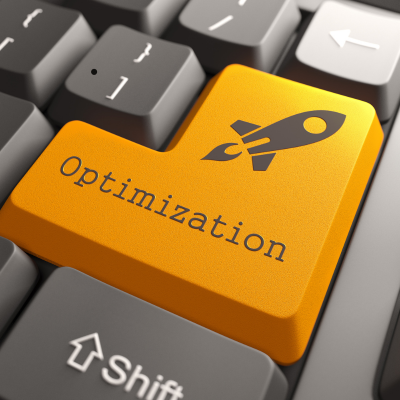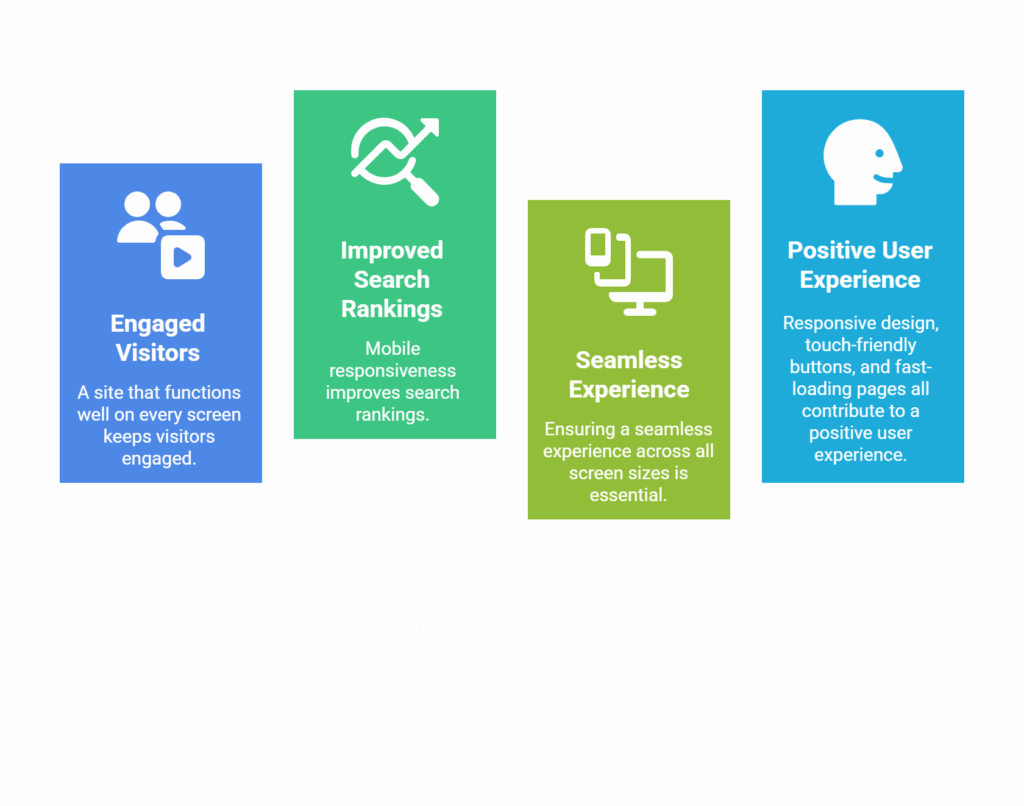On-Page Website Optimization
At Oi Marketing, we’ve seen firsthand how effective on-page optimization can transform a website’s performance. On-page optimization is a crucial step in any SEO strategy, enhancing individuals’ pages to improve visibility in search engine results. By making specific adjustments to content, structure, and other elements, websites become both search engine-friendly and easier for users to navigate. This approach can lead to higher rankings, increased organic traffic, and greater user engagement.
This guide outlines effective on-page optimization techniques that can help maximize the performance of your WordPress site.

Understanding Page Optimization
On-page optimization involves refining the web pages’ content and HTML source code to ensure search engines understand the page’s purpose. Factors such as title tags, meta descriptions, keyword usage, and internal linking contribute to a well-optimized website. When working with our clients, we often notice that even minor on-page tweaks can significantly improve search visibility. Additionally, optimizing images, improving mobile responsiveness, and increasing page speed can further enhance both user experience and search rankings.
A strong on-page strategy also ensures visitors can easily find relevant information, reducing bounce rates and increasing engagement. Businesses that invest in SEO and on-page tactics often see improvements in both their visibility and conversions.
Benefits Of On-Page Wordpress Optimization
Effective on-page optimization offers several key benefits that contribute to a successful online presence:
- Improved Search Rankings: Search engines prioritize well-optimized pages that provide relevant and valuable content.
- Enhanced User Experience: A clear structure, fast loading times, and mobile responsiveness ensure a better browsing experience.
- Increased Organic Traffic: Higher rankings result in more visibility, leading to greater website traffic.
- Better Conversion Rates: Optimized pages with clear calls to action encourage users to engage, subscribe, or make a purchase.
Steps for Optimizing Your WordPress Site
Applying the following strategies will ensure your WordPress site is well-optimized for search engines and users alike:
Conduct Keyword Research
In our experience, choosing the right keywords isn’t just about ranking higher; it’s about understanding your audience’s intent. Identifying relevant keywords is the foundation of on-page optimization. Using tools such as Google Keyword Planner can provide insights into the terms your target audience is searching for. Integrating these keywords naturally into your content, headings, and meta tags helps search engines understand the page’s topic.
Create Clear Titles and Meta Descriptions
Crafting engaging, keyword-rich titles and concise meta descriptions enhances visibility and encourages users to click on your page in search results. Titles should remain under 60 characters, while meta descriptions should not exceed 160 characters. Including a clear call to action within the description can further increase click-through rates.

Structure Content Effectively
Using H1, H2, and H3 headings to organize content makes it more readable for both users and search engines. Structured content increases accessibility and improves search ranking potential. We’ve seen that readers stay longer on sites with clear headings and structured content. Not only does it improve the user experience, but it also signals to search engines that your content is valuable. Additionally, maintaining short, well-organized paragraphs and using bullet points or numbered lists when appropriate enhances clarity and readability.
Optimize Images for Faster Loading
Optimizing images is a key aspect of on-page SEO and large, unoptimized images can significantly slow down your site, negatively affecting user experience and search engine rankings. Compressing images, choosing the right formats, and using appropriate tools will ensure your website loads quickly without sacrificing visual quality.
Here’s a quick overview of the advantages and potential drawbacks of image optimization:
| Pro | Con |
|---|---|
| Faster loading time | More work upfront |
| Improved UX & SEO benefits | Possible loss of quality |
To minimize these drawbacks, consider using tools like WP Smush or EWWW Image Optimizer for efficient compression. Additionally, converting images to WebP format reduces file sizes without a noticeable loss of quality.
Enhance Page Speed
Reducing loading times is a crucial aspect of on-page optimization. Minifying CSS, JavaScript, and HTML can eliminate unnecessary code, while using caching plugins and Content Delivery Networks (CDNs) further enhances speed. Regular performance monitoring using tools like Google PageSpeed insights helps identify areas for improvement.Ensure Mobile Responsiveness
We always prioritize mobile responsiveness in our web designs as a site that looks and functions well on every screen keeps visitors engaged and improves search rankings. With a significant portion of web traffic coming from mobile devices, ensuring a seamless experience across all screen sizes is essential. Responsive design, touch-friendly buttons, and fast-loading pages all contribute to a positive user experience. Tools like Google’s Mobile-Friendly Test can help assess and improve mobile responsiveness.

Leverage Internal and External Links
Incorporating relevant internal links guides users to additional content on your site, encouraging longer session times. External links to reputable sources enhance your content’s credibility and provide users with further information. A balanced mix of both internal and external links strengthens the authority of your site.

Conclusion
On-page optimization is a powerful way to increase your websites visibility and user engagement. By carefully applying these strategies, you can create a search engine-friendly website that delivers a positive experience for visitors. Maintaining a consistent approach to optimization, regularly analyzing performance, and making improvements where necessary will ensure long-term success.
Implementing these changes not only enhances your search rankings but also encourages meaningful interactions with your content, ultimately leading to greater conversions and business growth.

